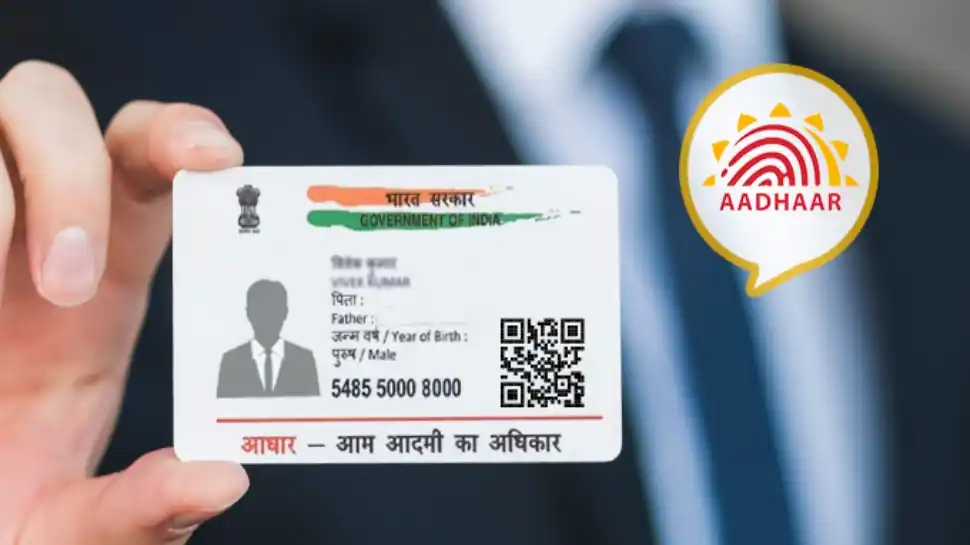United Kingdom’s Government Digital Service (GDS) team explores options for a new common form-building platform for government. Working in close partnership with operations teams, policy teams and the cross-government form-building community, GDS hopes to create an affordable way for lower transaction services to create accessible online forms quickly.
GDS blog in Gov.UK says:
“We want every form on GOV.UK to be accessible, easy to use and quick to process. To make this possible, we’re helping operations teams that run public-facing services with fewer than 10,000 transactions per year to quickly create affordable online forms using a common form-building platform for government.”
Government departments publish several forms for the perusal of the public. Earlier, these forms were physical. But in the digital age, many are moving to cloud storage.
To apply to each scheme for every regulatory measure, users must access e-governance services and fill up the forms online. Most of the time, these sites supply them in portable document format (PDF). They expect the users to submit the filled-up forms too as PDF.
Typically, these forms are inaccessible, hard to use and slower to process compared to online records. PDF forms take 8% more time to process than online forms. Still, the number of PDF or other document-based formats hosted on the British government’s Gov.UK domain grows approximately 6% annually. The easiness in creating PDF’s compared to HTML-based forms, especially for teams without any digital specialists, is behind the popularity of this.
However, this comes with significant drawbacks. PDFs can behave inconsistently with assistive technologies, such as screen readers and magnifiers. They can also be challenging to use on smaller screens.
The cross-government form building community had created browser-based editors like XGov Digital Form Builder [1] and MOJ Forms [2], and code-based editors like the ‘GOV dot UK Design System Form Builder [3],’ created by DfE Digital. But these tools are aimed at digital specialists rather than generalist users.
GDS now wants to provide a solution accessible for all users and not prohibitively expensive for small operations teams. GDS estimates that it would take the 11 existing form-building service teams around 70 years to convert existing PDF forms into HTML forms, let alone the annual growth in the number of forms.
GDS team has identified three key constraints that will affect their solution to this problem. To know more about that and find what GDS is up to, read this post from the GDS blog [4]. You may also listen to their podcast [5].






Comments